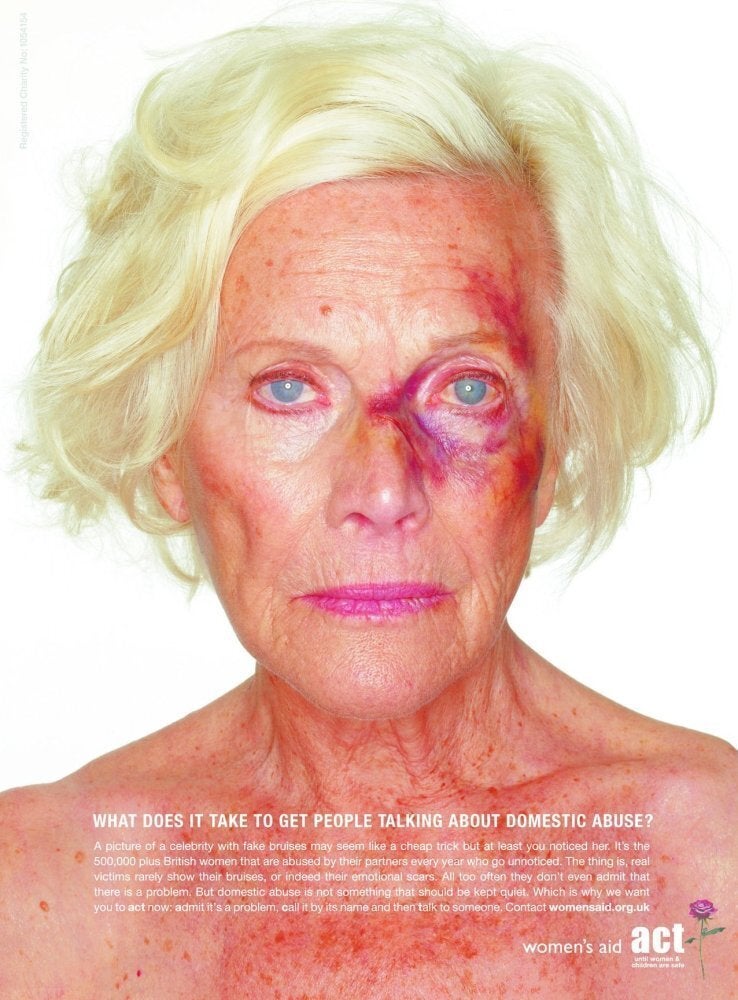I recently watched a TED Talk by Jackson Katz called "Violence Against Women -- It's a Men's Issue." Domestic violence and sexual abuse are often called "women's issues." In his talk, Jackson Katz, stresses the importance of changing the way we think in order to realize that violence against women is very much a men's issue. As a result, men play a key role in the solution to violence against women.
"Calling gender violence a women's issue is part of the problem," argues Katz. "It gives a lot of men an excuse not to pay attention." Unfortunately, placing the responsibility on the minority and forgetting about the role of the dominant group is not uncommon. When we say 'gender' we think of women, when we say 'sexual orientation' we think of gay, lesbian, or bisexual individuals, and when we say 'race' we think of people of colour. Katz questions "Why are men, heterosexuals, and Caucasians -- the dominant groups in society -- exempt from these discussions?"
Violence against women is not solely a women's issue. Katz recognizes that violence against women can have profound effects on other men and boys as well as society as a whole. Katz explains, "The same system that produces men who abuse women, produces men who abuse other men." It is clear that this is an issue that both men and women must be engaged in.
Katz is a pioneer of the "bystander approach" to gender violence prevention. With the bystander approach, instead of seeing men as perpetrators and women as victims, or vice versa, the focus is on the bystanders. Essentially, the goal is to have anyone who is not a direct victim or a perpetrator of violence against women to stand up against it. Silence is seen as a form of consent.
When it comes to male culture, Katz stresses that the goal is to get men who are not abusive to challenge men who are. He states, "We need more men who have the courage and the strength to start standing up and saying some of this stuff. And standing with women, not against them and pretending that this is somehow a battle between the sexes and other kinds of nonsense. We live in the world together."
One excellent example of men speaking out and being leaders in the fight against gender based violence is the White Ribbon Campaign. The campaign is dedicated to the 14 women targeted and killed in the 1989 massacre at the École Polytechnique in Montreal. Today, the White Ribbon Campaign has spread to over 60 countries where men wear white ribbons as a pledge never to commit, condone, or remain silent about violence against women.
I have always been an advocate for including men and boys in ensuring women's rights. The involvement of men is crucial to ending violence against women, yet it is not an easy task. However, adopting Katz's bystander approach and making ALL voices heard -- including those of men -- in the fight to end violence against women is a critical place to start. We all must speak out to end violence against women.
